Transportation: Navigate Japan's Efficient Rail System
- Transportation
- 22 Aug, 2025
Japan’s railway system stands as a marvel of modern transportation engineering, renowned worldwide for its punctuality, cleanliness, extensive coverage, and technological innovation. For travelers visiting this fascinating country, understanding how to navigate this complex yet remarkably efficient network can transform your experience from potentially overwhelming to seamlessly enjoyable. This comprehensive guide will walk you through everything you need to know about traveling Japan by rail.
Understanding Japan’s Railway Ecosystem
Japan’s rail network consists of several interconnected systems that together create one of the world’s most comprehensive public transportation infrastructures:
JR (Japan Railways Group)
Following the privatization of the national Japan Railways in 1987, the JR Group emerged as six regional passenger companies and one freight company. These companies operate:
- Shinkansen (bullet trains) connecting major cities
- Limited express trains between regions
- Rapid and local trains serving smaller communities
- Urban commuter lines within metropolitan areas
Private Railway Companies
Beyond JR, numerous private railway companies operate their own networks, particularly in and around major urban centers. Notable examples include:
- Tokyu, Odakyu, and Keio in Tokyo
- Hankyu, Hanshin, and Kintetsu in the Kansai region
- Meitetsu in the Nagoya area
Urban Subway Systems
Major cities operate their own municipal subway networks, including:
- Tokyo Metro and Toei Subway in Tokyo
- Osaka Metro in Osaka
- Municipal subways in Yokohama, Nagoya, Kyoto, Sapporo, and Fukuoka
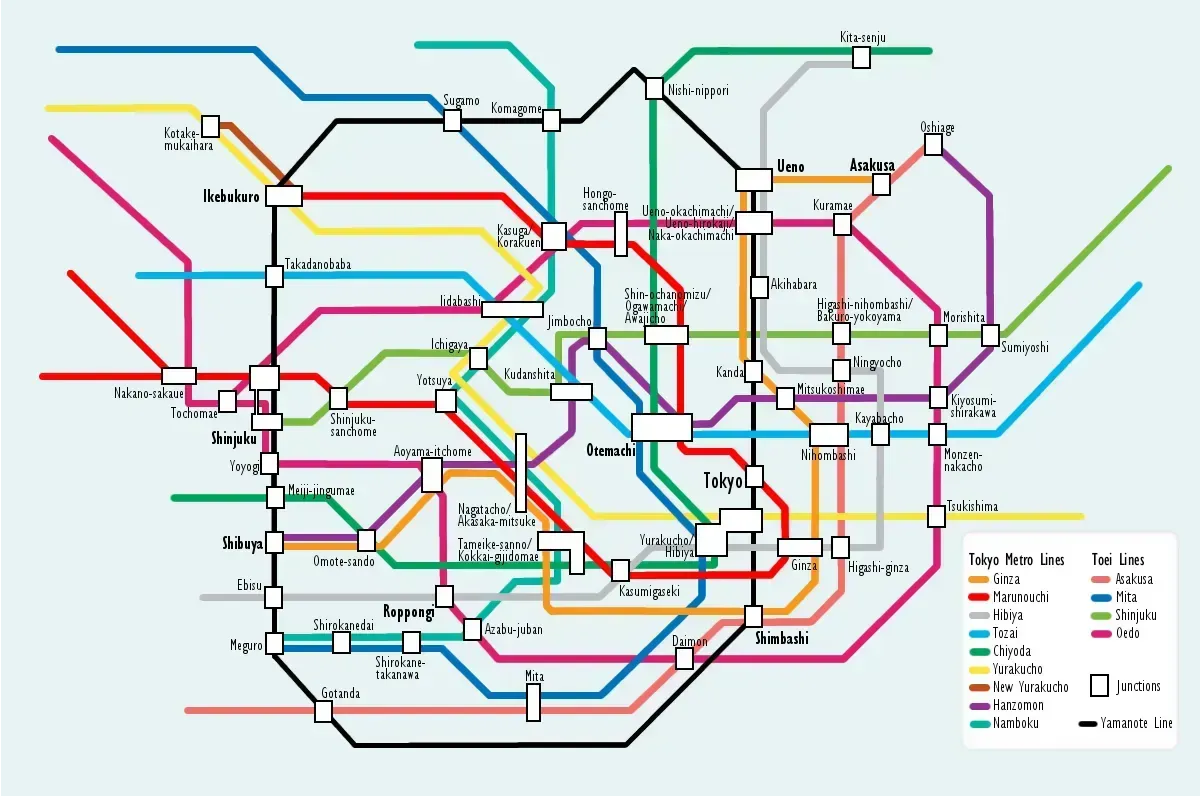
Essential Rail Passes for International Visitors
Japan Rail Pass (JR Pass)
The JR Pass represents one of the best values for international travelers planning to cover significant distances:
- Available for 7, 14, or 21 consecutive days
- Covers all JR trains including most Shinkansen (except Nozomi and Mizuho)
- Includes JR buses and the JR ferry to Miyajima
- Must be purchased before arriving in Japan (though limited trial sales are available at select stations)
- Requires showing your foreign passport with temporary visitor status
Cost Analysis: A 7-day ordinary JR Pass costs approximately ¥29,650 (as of 2023). A round-trip Tokyo-Kyoto Shinkansen journey alone costs about ¥27,600, making the pass economical even for this single round trip.
Regional JR Passes
For travelers focusing on specific regions, these alternatives offer better value:
- JR East Passes (Tohoku, Nagano & Niigata areas)
- JR Central’s Takayama-Hokuriku Pass
- JR West’s Kansai Area Pass or Kansai-Hiroshima Pass
- JR Kyushu Pass
City-Specific Transport Passes
For exploring individual cities:
- Tokyo Subway Ticket (24, 48, or 72 hours)
- Osaka Amazing Pass (includes attractions)
- Kyoto Bus and Subway Pass
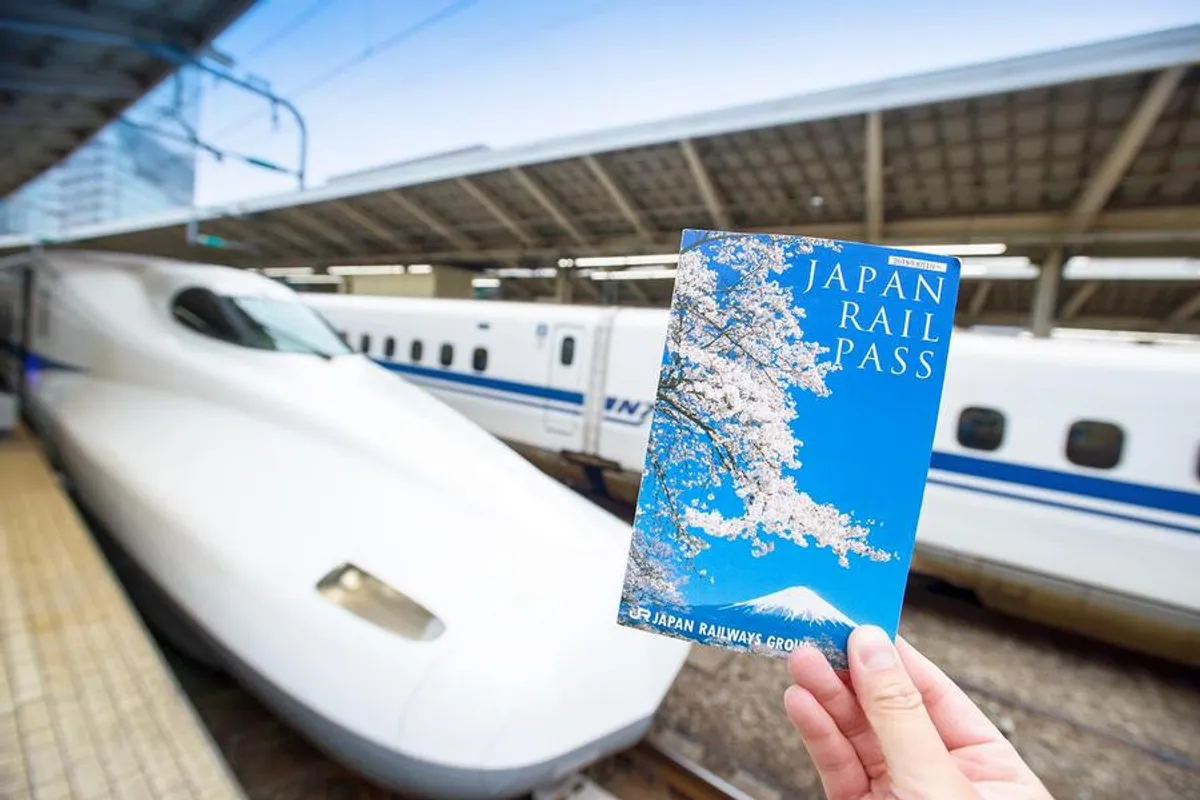
IC Cards: The Smart Way to Pay

Rechargeable IC (Integrated Circuit) cards have revolutionized transit payment throughout Japan:
- Primary cards include Suica (JR East), PASMO (Tokyo), and ICOCA (JR West)
- All cards work interchangeably throughout most of Japan
- Tap-to-pay system eliminates need for individual tickets
- Can be used for buses, subways, convenience stores, vending machines
- Automatically calculates correct fare even for complex routes
- Available at airport stations, major train stations, and some convenience stores
- Requires ¥2,000 initial purchase (¥500 deposit + ¥1,500 initial credit)
Pro Tip: Many IC cards can now be added to Apple Pay and Google Pay wallets, eliminating the need for a physical card.
Navigating Train Stations
Japanese train stations range from small rural platforms to massive transportation hubs handling millions of passengers daily. Here’s how to navigate them efficiently:
Station Organization
- Entrance gates - Tap IC card or insert ticket (you’ll need your ticket to exit)
- Platforms - Numbered and signed with destinations
- Signage - Most major stations have English, Chinese and Korean translations
- Information centers - Staff at major stations can assist in English
Finding Your Train
- Electronic departure boards display upcoming trains, platforms, and times
- Platform markings show where train doors will open
- Cars are numbered, with reserved seating sections clearly marked
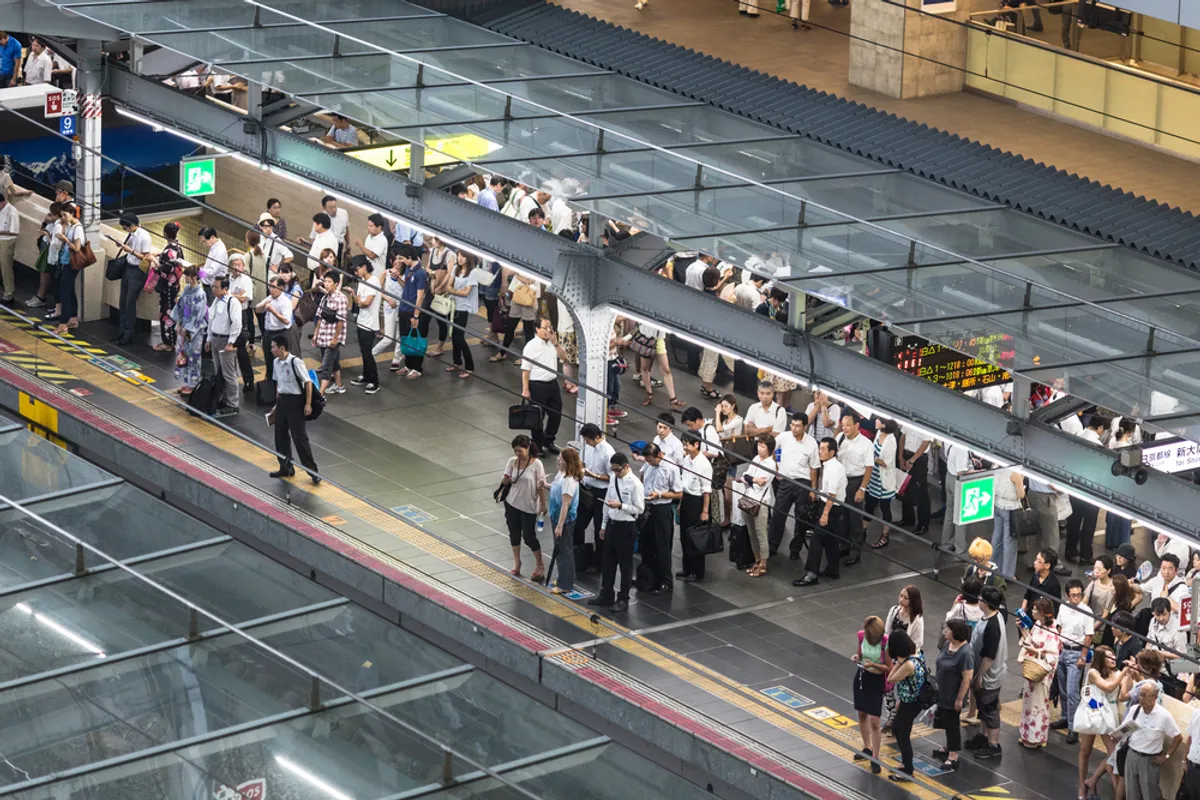
Types of Trains and Services
Shinkansen (Bullet Train)
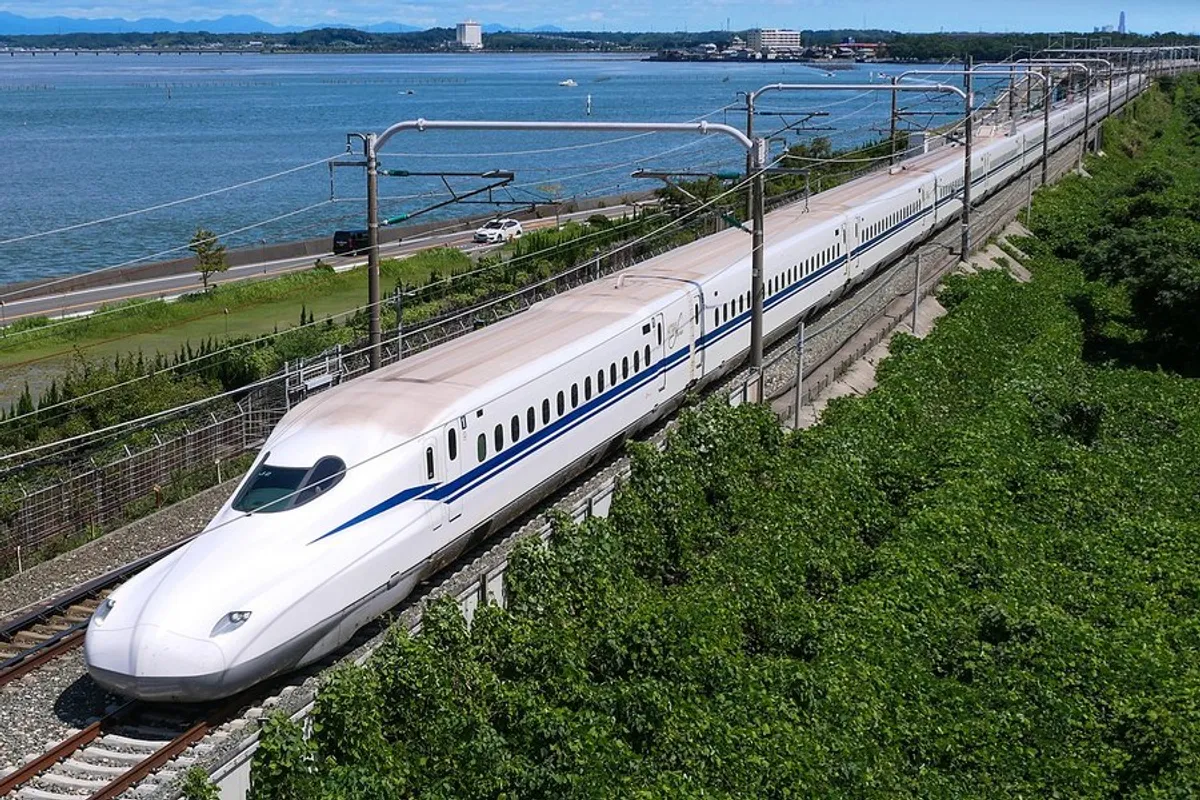
Japan’s iconic high-speed rail service:
- Speeds up to 320 km/h (200 mph)
- Extremely punctual (average delay less than one minute)
- Multiple service levels: Nozomi (fastest), Hikari (semi-fast), Kodama (all stations)
- Reserved and non-reserved seating options
- Food and beverage services available onboard or at platforms
Limited Express Trains
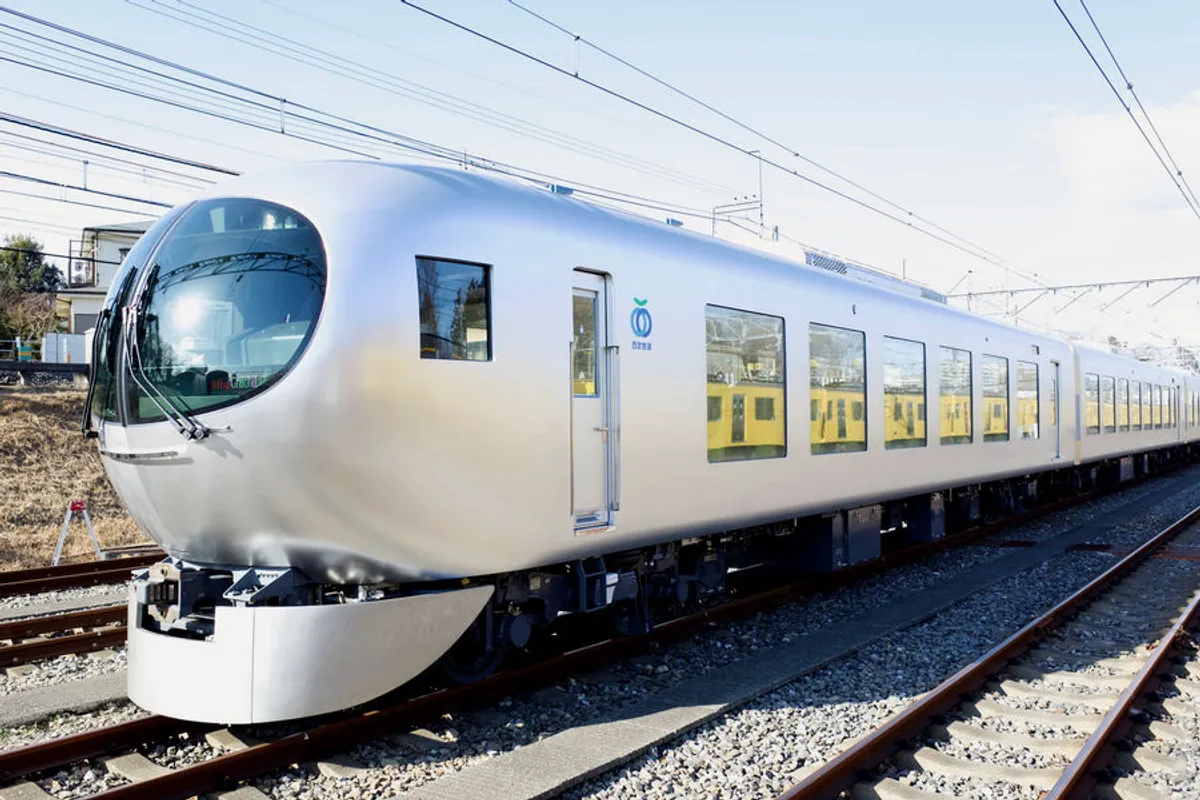
Premium services connecting regional destinations:
- Faster than regular trains with fewer stops
- Typically require reserved seats and supplementary tickets
- Often feature scenic routes and tourist-oriented amenities
Rapid, Express, and Local Trains
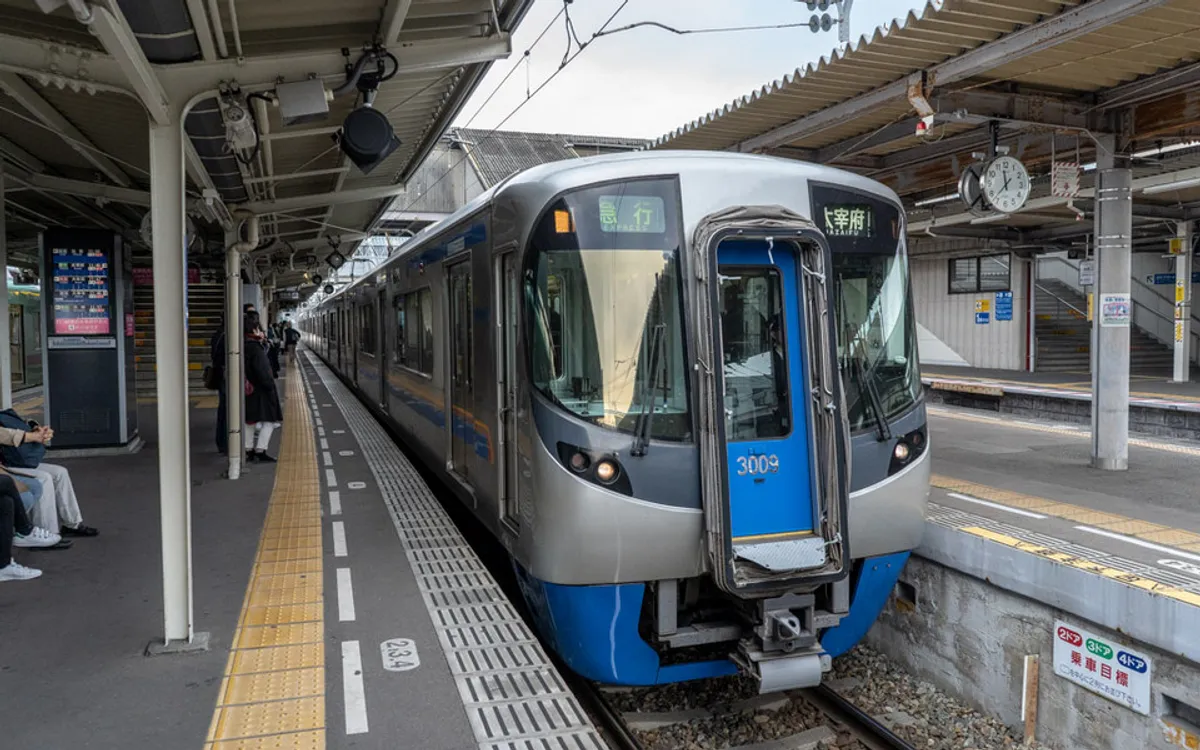
- Rapid (快速, kaisoku): Skips minor stations
- Express (急行, kyūkō): Stops at fewer stations than rapid trains
- Local (普通, futsū): Stops at every station
Ticket Types and Purchase Methods
Standard Tickets
- Purchase from automated machines (with English options)
- Available at ticket counters for more complex journeys
- Show route and fare on electronic maps above machines
Reserved Seats
- Essential for Shinkansen during holidays and peak periods
- Can be purchased up to one month in advance
- Available at ticket offices or from ticket machines
Ticket Booking Apps
- Ekinet - Official JR ticket booking app
- SmartEX - For Tokaido, Sanyo, and Kyushu Shinkansen
- Japan Transit Planner - For route planning
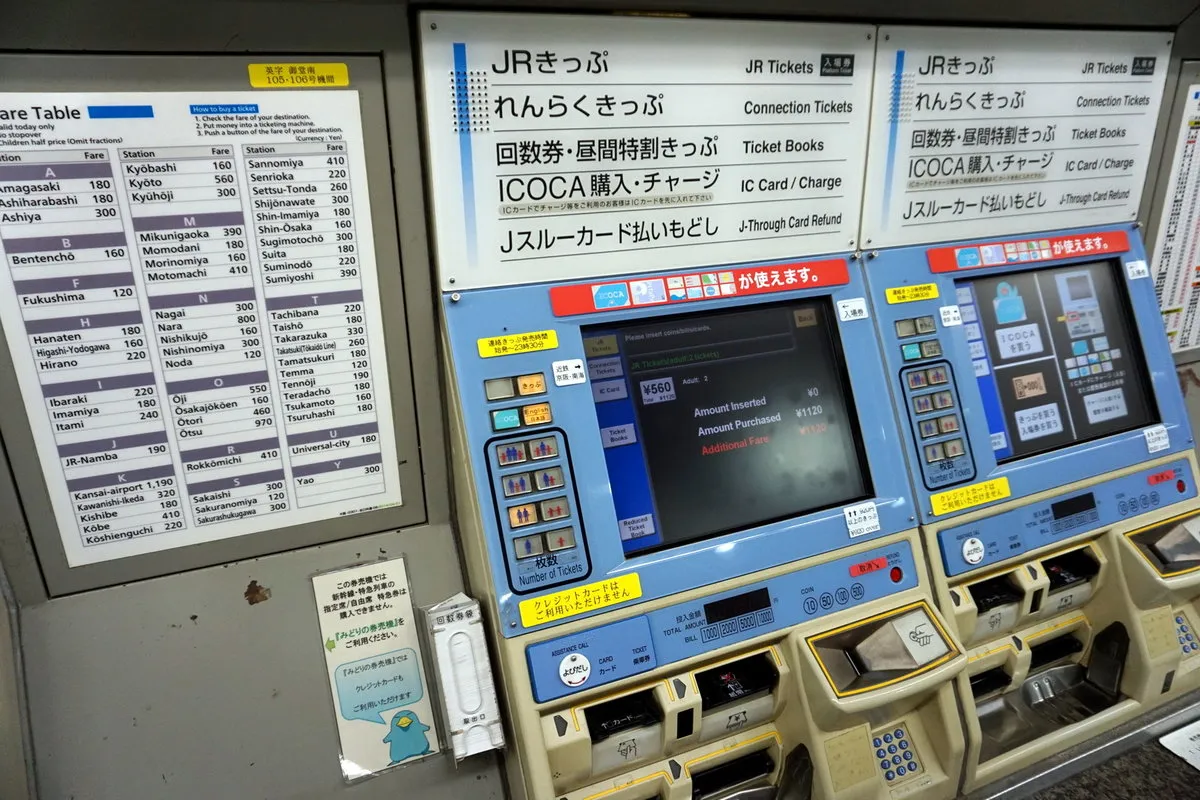
Japanese Train Etiquette
Observing proper etiquette will help you travel like a local:
- Form orderly queues at marked platform positions
- Maintain a quiet atmosphere, especially in reserved cars
- Set phones to silent mode and take calls in designated areas
- Avoid eating on local trains (though it’s acceptable on Shinkansen)
- Never place luggage on seats
- Use priority seating only if qualified (elderly, pregnant, disabled)
- Take all trash with you when exiting
Managing Luggage on Trains
- Overhead racks accommodate carry-on sized bags
- Limited space behind the last row of seats for larger suitcases
- Consider using luggage delivery services (takuhaibin) between hotels
- Some Shinkansen have designated luggage storage areas
Special Note: JR now requires advance reservations for oversized luggage (items over 160cm in combined dimensions) on Tokaido, Sanyo, and Kyushu Shinkansen lines.
Useful Transit Apps
Several smartphone applications can significantly enhance your rail experience:
- Japan Transit Planner - Comprehensive route planning with fare information
- Google Maps - Accurate navigation including walking directions to stations
- JR-East Train Info - Real-time updates for train delays
- Hyperdia - Detailed timetable information
Coping with Rush Hour
Japanese cities experience significant commuter congestion during weekday rush hours (typically 7:30-9:00 AM and 5:30-7:30 PM):
- Consider adjusting your travel times when possible
- Look for “women-only” cars during morning rush (identified by pink signs)
- Be prepared for station staff who may help compress passengers during extreme congestion
- Allow extra time for transfers during these periods
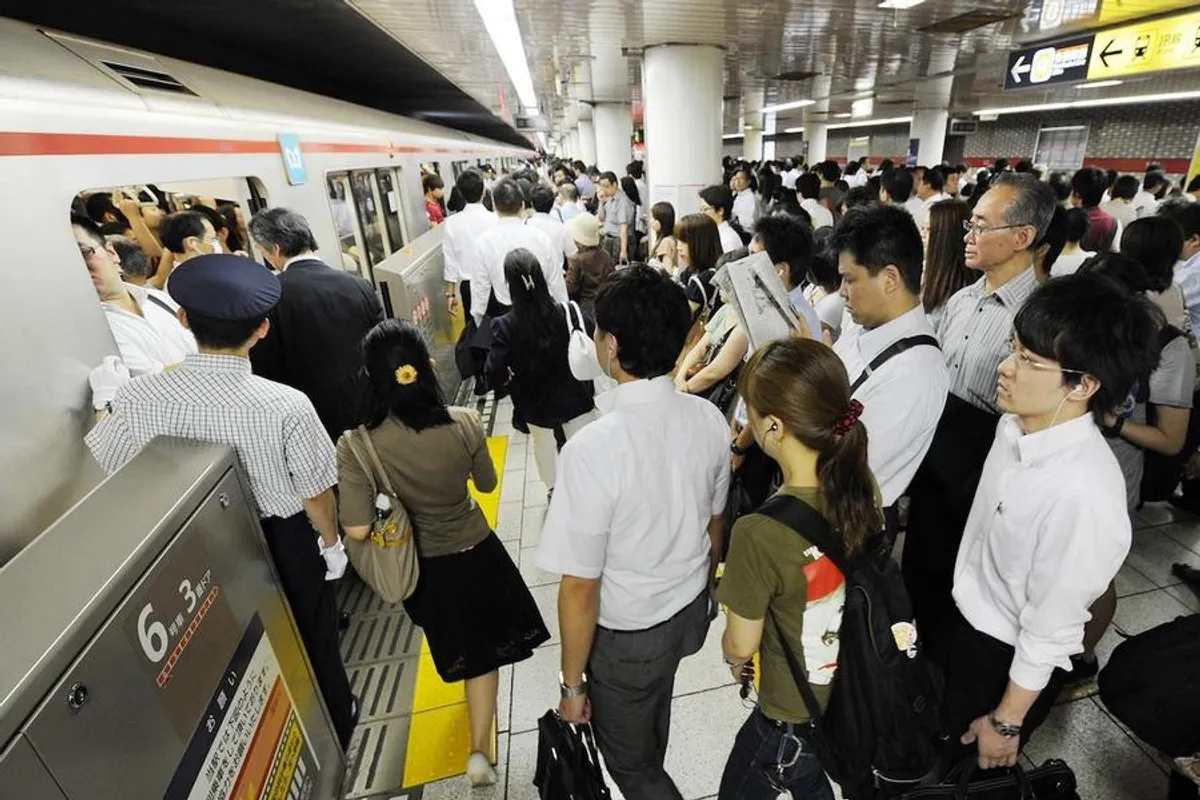
Railway Accessibility
Japan has made significant strides in improving accessibility:
- Elevator access at most major stations
- Tactile paving for visually impaired travelers
- Priority seating in all cars
- Station staff can provide ramps for wheelchair access
- Accessible restrooms in major stations
Weather and Seasonal Considerations
- Trains may operate on reduced schedules during typhoons or heavy snowfall
- Golden Week (late April-early May), Obon (mid-August), and New Year are extremely busy
- Cherry blossom season (late March-early April) sees increased tourism on scenic routes
- Consider purchasing reserved seats well in advance during these periods
Connecting to Rural Areas
While the rail network is extensive, some rural areas rely on alternative transportation:
- Local bus networks connect to train stations
- Highway buses serve areas without rail service
- Rental cars may be necessary for exploring remote regions
- Ferry services connect to outlying islands
Final Thoughts
Japan’s railway system exemplifies the perfect fusion of technological innovation and meticulous organization. While the network’s complexity might initially seem daunting, the system’s consistency, reliability, and passenger-focused design make it remarkably accessible even for first-time visitors. With this guide and a sense of adventure, you’ll soon be gliding across Japan with the confidence and ease of a seasoned traveler.
Keywords: Japan rail system, Shinkansen bullet train, JR Pass value, Japan train stations, IC cards Japan, Japanese train etiquette, Tokyo subway navigation, reserved seats Shinkansen, Japan rush hour trains, railway accessibility Japan, Japan Rail Pass, train travel Japan, Japanese transportation system, Japan train types, navigating Japanese railways, Japan train tickets, train station organization Japan, rural transportation Japan, Suica Pasmo cards, Japan train apps